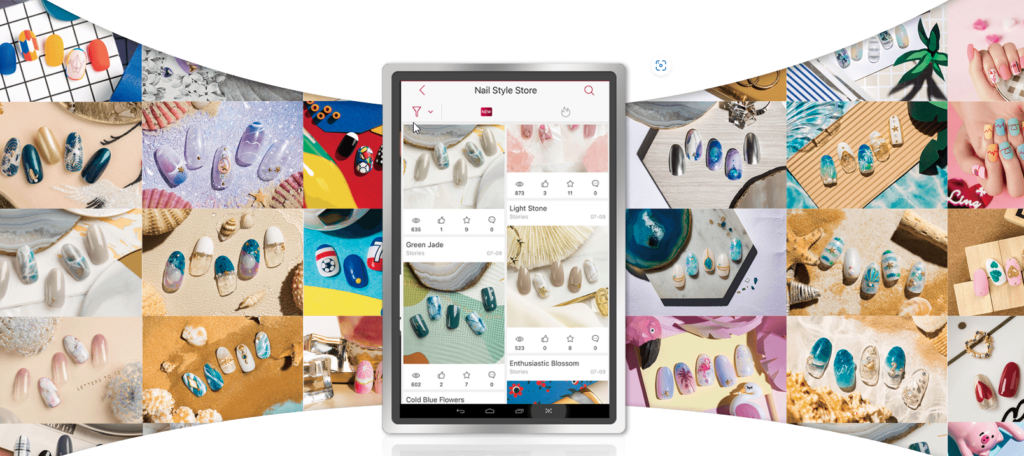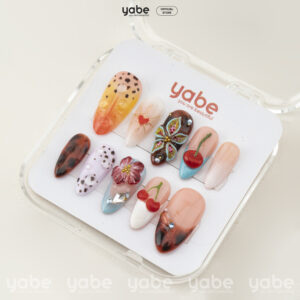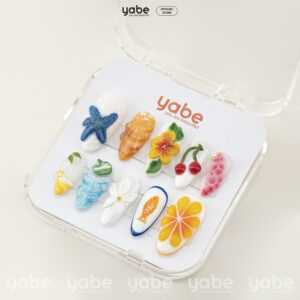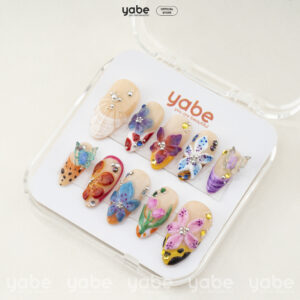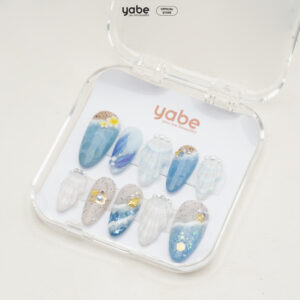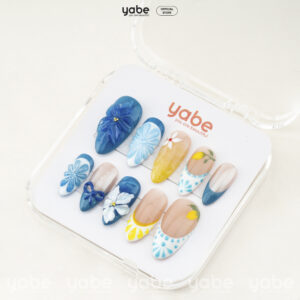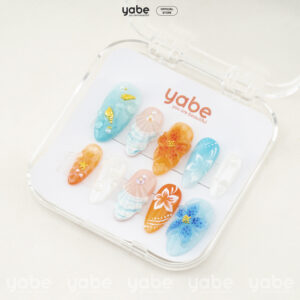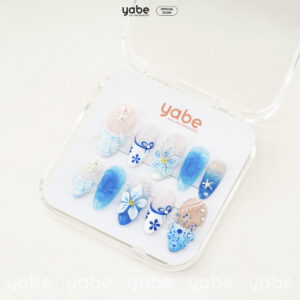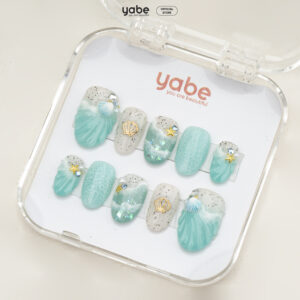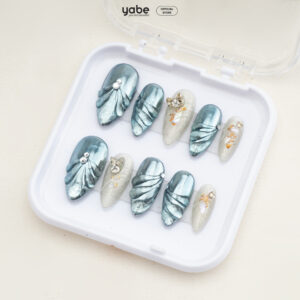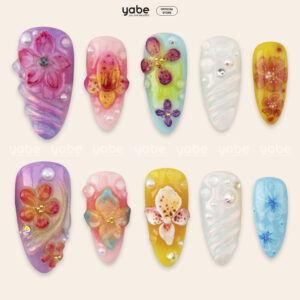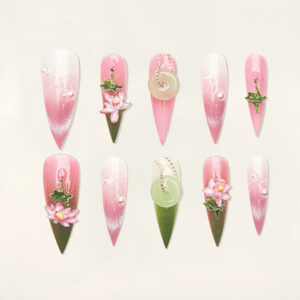Nail art has undergone a significant evolution, driven by advancements in technology and craftsmanship. The debate between 3D nail printing machines and handmade press-on nails persists, as both options offer distinct advantages. Whether you prefer precision automation or artisanal customization, understanding their pros and cons can help you decide on the best approach for your nail art needs.
In this comprehensive guide, we’ll explore the advantages and disadvantages of both methods, considering factors like design versatility, durability, cost, and ease of application.
What is a 3D Nail Printing Machine?
A 3D nail printing machine is a digital device that directly prints intricate designs onto natural or artificial nails using inkjet or specialized nail ink technology. The process typically involves:
- Design Selection: Users choose a preloaded or custom design.
- Nail Preparation: The nail is cleaned, primed, and placed inside the printer.
- Printing Process: The machine precisely applies the selected design.
- Sealing the Design: A top coat ensures durability and longevity.
What are Handmade Press-On Nails?
Handmade press-on nails are custom-designed, reusable artificial nails crafted by nail artists using materials such as acrylic, gel, or polygel. The process generally includes:
- Custom Sizing: Each nail is shaped and tailored to fit individual nail beds.
- Hand-Painted Designs: Nail artists use brushes, gels, stickers, and embellishments.
- Final Coating: The nails are cured under a UV/LED lamp and sealed for durability.
- Application: The user applies adhesive tabs or nail glue to attach them to natural nails.
Pros and Cons of 3D Nail Printing Machines
✅ Pros
1. Speed and Efficiency
- Prints designs in minutes, ideal for salons and quick applications.
- Eliminates the need for hand-painting intricate details.
2. Precision and Consistency
- Ensures uniform designs across all nails with digital accuracy.
- Suitable for photorealistic prints, patterns, and logos.
3. Limitless Design Options
- Users can upload their own images for a personalized touch.
- Built-in libraries offer hundreds of designs.
4. Cost-Effective in the Long Run
- Reduces expenses on salon visits and hand-painted services.
- Great for bulk production in professional settings.
❌ Cons
1. Initial Investment is High
- 3D nail printers can cost between $300-$1,000, making them less accessible for casual users.
2. Limited Texture and Dimension
- Unlike press-ons, which allow for 3D embellishments like rhinestones, 3D nail printers focus on flat designs.
3. Requires Maintenance
- Ink cartridges need replacement.
- Machines require regular cleaning to prevent clogging.
Pros and Cons of Handmade Press-On Nails
✅ Pros
1. Highly Customizable
- Nail artists can create hand-painted masterpieces with depth, texture, and embellishments.
- Options for 3D elements like gems, charms, and intricate sculpting.
2. Durability and Reusability
- High-quality press-on nails can last 2-3 weeks and be reused multiple times.
3. No Expensive Equipment Required
- No need for digital printers, software, or ink refills.
4. Perfect Fit for Every Nail Shape
- Handmade nails are tailored to specific nail beds for a comfortable, snug fit.
❌ Cons
1. Time-Consuming Production
- Creating a handmade set can take several hours, especially for detailed designs.
2. Higher Cost per Set
- Custom designs range from $20-$100 per set, which may not be budget-friendly for regular users.
3. Application Requires Skill
- Incorrect application with glue or tabs may lead to lifting or damage.
- Hand-painted designs may not always be uniform across all nails.
Which Option is Best for You?
| Feature | 3D Nail Printing Machine | Handmade Press-On Nails |
|---|---|---|
| Design Complexity | Photorealistic but flat | Fully customizable with 3D embellishments |
| Application Speed | Minutes | Hours (including drying time) |
| Durability | Requires top coat to last | 2-3 weeks with proper care |
| Cost | High initial investment | Higher cost per set |
| Ease of Use | Requires setup and software | May require professional skill for intricate work |
| Customization | Digital designs | Handmade, artistic touch |
| Best For | Salons, tech-savvy users | Nail art enthusiasts, custom orders |
Conclusion
Both 3D nail printing machines and handmade press-on nails have their unique advantages. If you prioritize speed, precision, and automation, a 3D nail printer might be your best choice. On the other hand, if you value custom craftsmanship, reusability, and dimensional designs, handmade press-ons are the ideal choice.
Ultimately, the choice depends on your budget, aesthetic preference, and application needs. Whether you embrace high-tech nail art or traditional handmade beauty, both options continue to redefine the nail industry.

